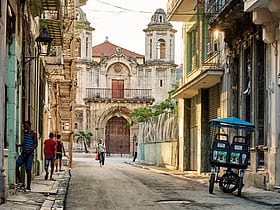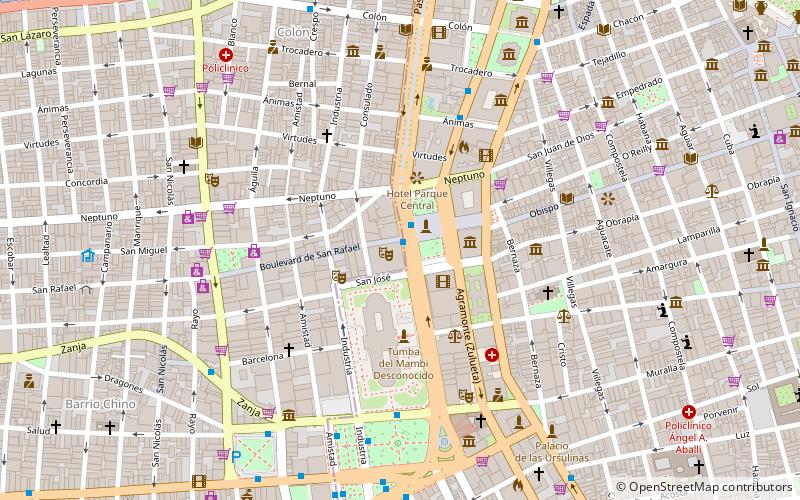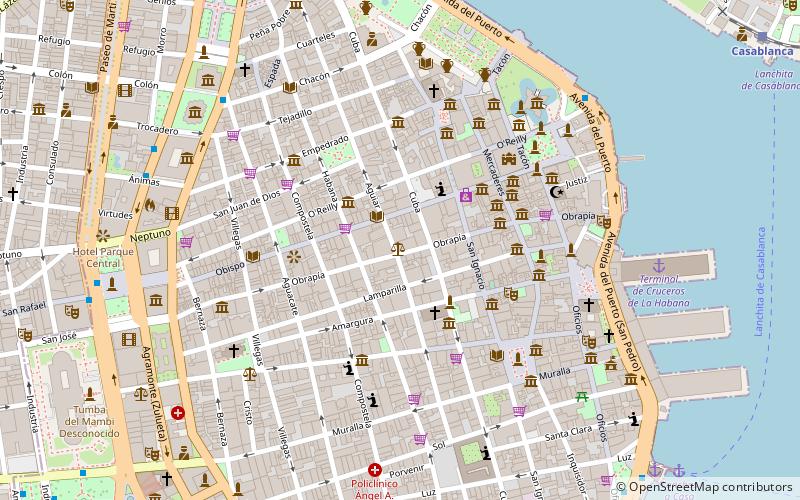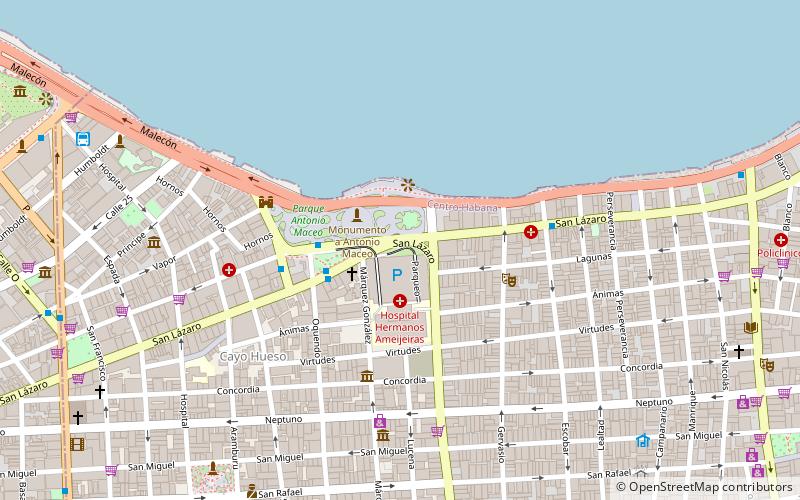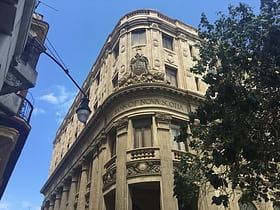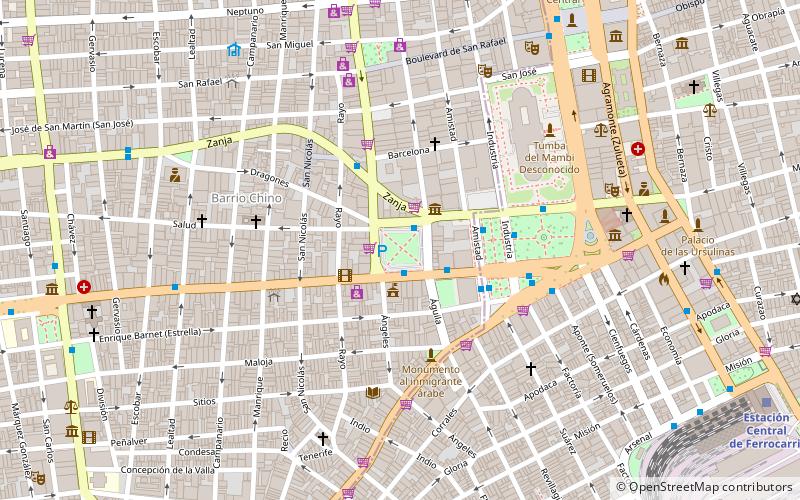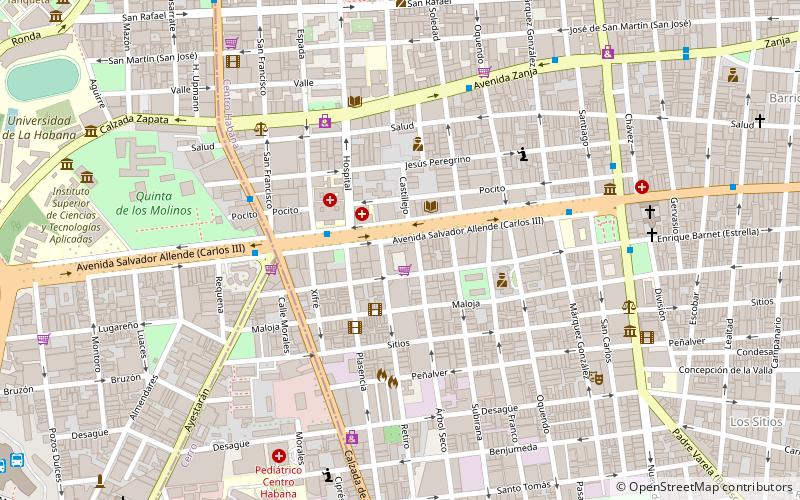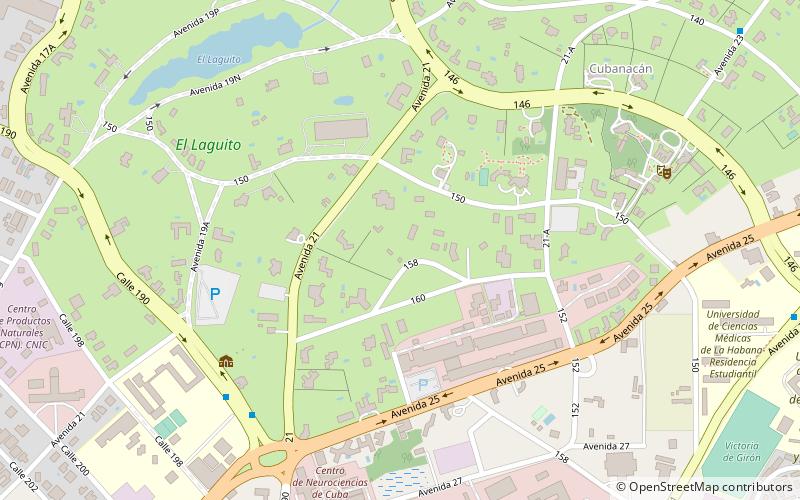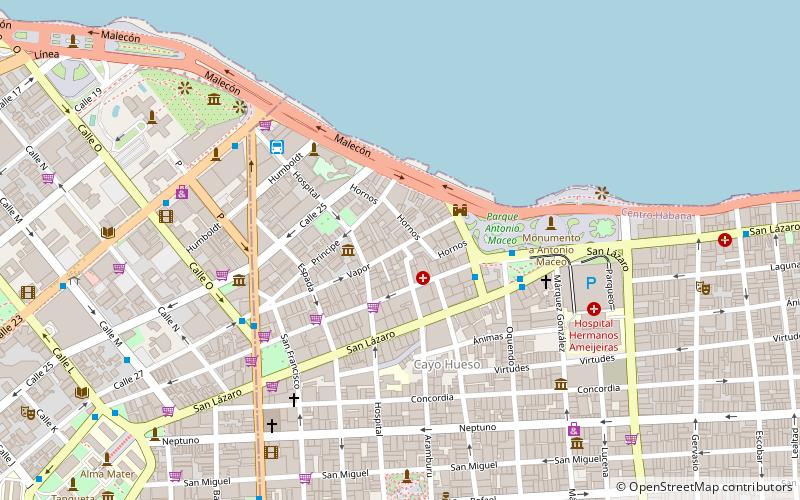Havana: Neoclassical Architecture
Places and attractions in the Neoclassical architecture category
Categories
- Museum
- Hispanic colonial architecture
- Neoclassical architecture
- Church
- Historical place
- Street
- Nightlife
- Forts and castles
- Theater
- Park
- Unesco
- Concerts and shows
- Memorial
- Sport
- Sport venue
- Universities and schools
Havana Plan Piloto
The Havana Plan Piloto is a testament to the ambitious urban planning of mid-20th century Cuba, designed to modernize the city of Havana. Conceived in 1955, this comprehensive urban plan was a response to the city's rapid growth and the need for improved...
Iglesia Santo Cristo del Buen Viaje
Nestled in the heart of Havana, the Iglesia Santo Cristo del Buen Viaje stands as a testament to the city's rich religious and architectural heritage. This historic church, located in the bustling neighborhood of the same name, is a cherished landmark with a storied...
Tacón Theatre
The Teatro Tacón opened in 1838 in Havana, Cuba. Its auditorium contained 2,750 seats. It was built by Pancho Martí, a businessman from Barcelona who moved to Havana. In 1847 Bottesini's opera Cristoforo Colombo premiered there.
Royal Bank of Canada Building
Royal Bank of Canada Building, Havana is a Neoclassical-style bank building located at corner of Calles Aguiar and Obrapia in Habana Vieja. The ground floor was dedicated to the bank, the other floors to offices that were rented; a floor was added for a semiprivate restaurant and club.
Barrio de San Lázaro
Barrio de San Lázaro is one of the first neighbourhoods in Havana, Cuba. It initially occupied the area bounded by Calle Infanta to the west, Calle Zanja to the south, Calle Belascoáin to the east, and the Gulf of Mexico to the north, forming the western edge of Centro Habana.
Bank of Nova Scotia Building
Bank of Nova Scotia Building, Havana is a Neoclassical-style bank building located at the intersection of Calle O´Reilly and Calle Cuba in old Havana. Built in 1906, the building was branch and business offices for Canadian-based Bank of Nova Scotia in the early 20th century.
Plaza del Vapor
The Plaza del Vapor was a covered market in Havana. Its name derives from its builder Francisco Martí who was the impresario of the Tacón Theatre and who had a monopoly of fish in the city.
Paseo de Tacón
The Paseo de Tacón, or Paseo Militar, was created by the Captain General Miguel Tacón y Rosique who promoted the reform of the “road” that, starting from the calles of San Luis de Gonzaga and Belascoáin, connected to the Castillo del Príncipe. Calle Belascoáin was the edge between the city and the countryside.
La Mansión
La Mansión de Mark Pollack, is a neo-classical, Florentine mansion in the Cubanacan Section of Havana, Cuba built in 1930 by the Cuban architect, Leonardo Morales y Pedroso. It is located at 21st street #15001, Cubanacan, Havana, Cuba. It was built for Mark Alexander Pollack,the son of Alexander Pollack and Belle A.
Hospital de San Lázaro
Hospital de San Lázaro was a hospital in the city of Havana, Cuba. It dates back to the 17th century, when it served as headquarters for some huts built near the Caleta de Juan Guillén, then known as Caleta de San Lázaro, in an area about a mile outside the city walls.
Map


